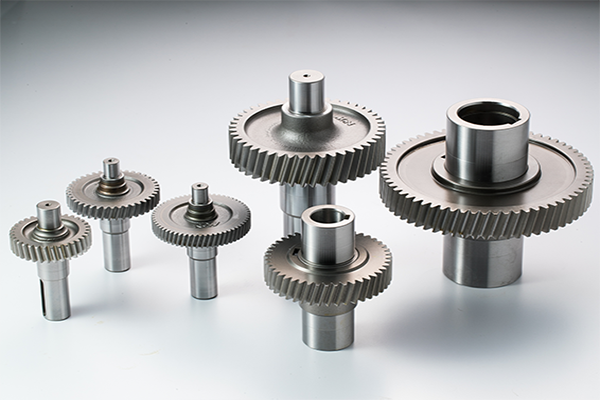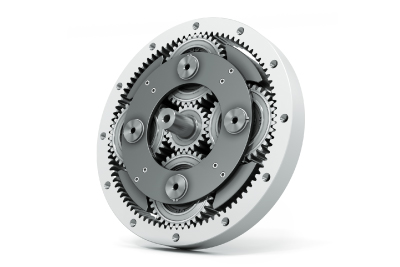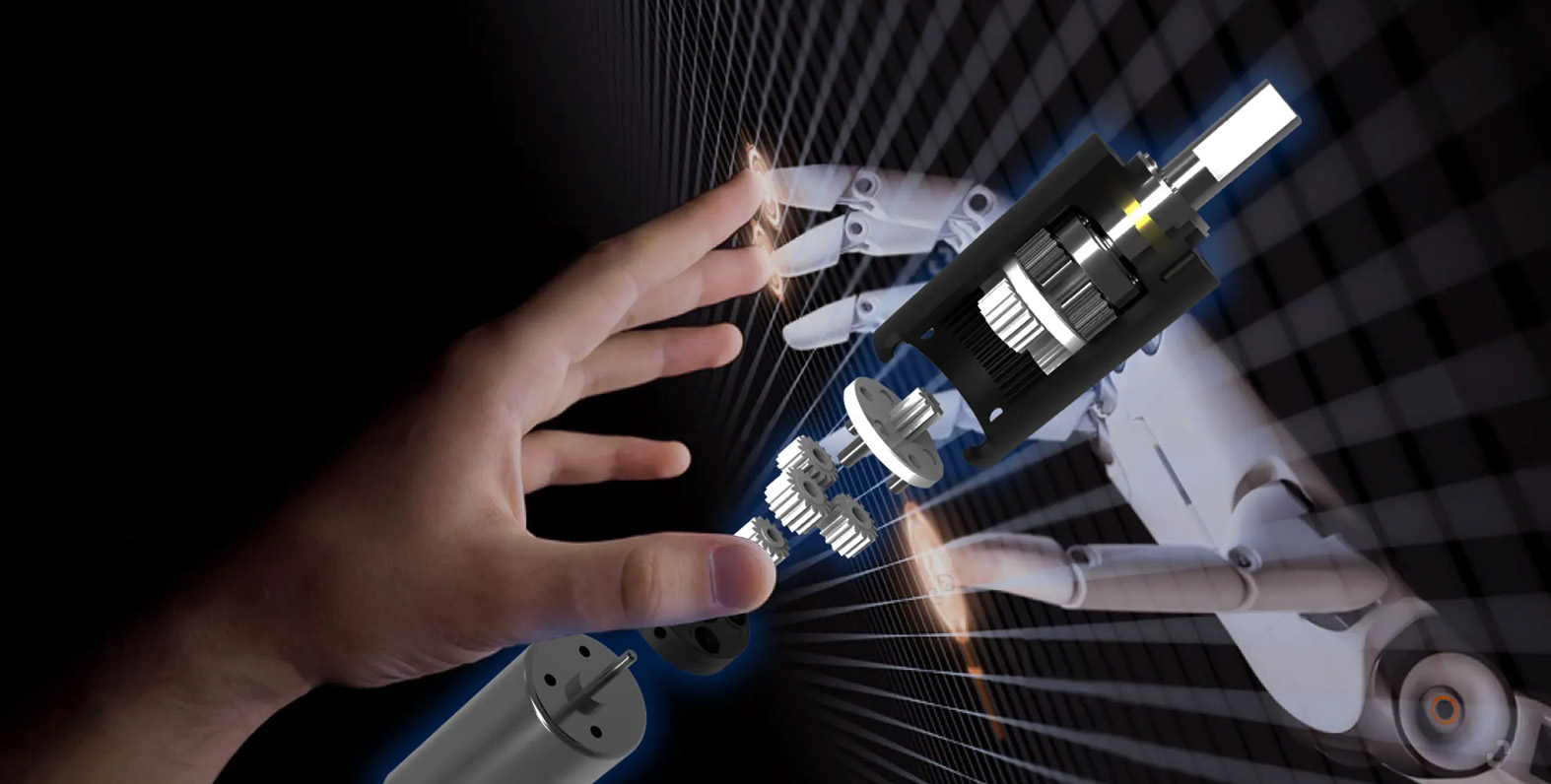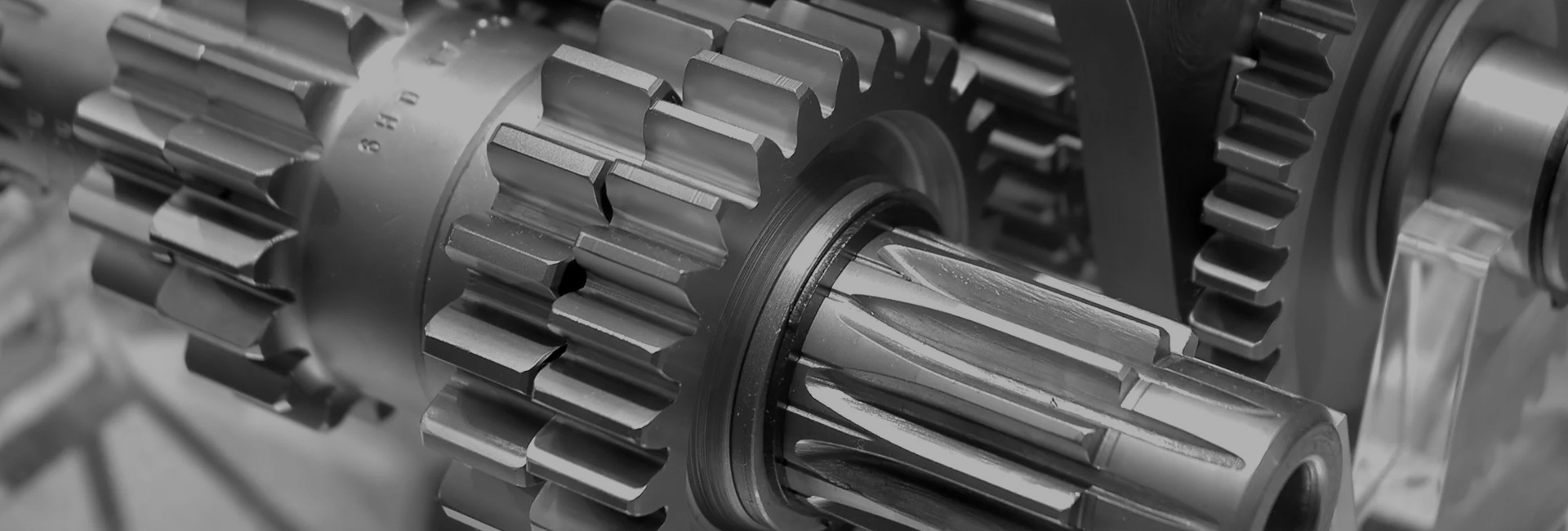At the intersection of precision manufacturing and new energy technologies, helical gears are becoming the key core of advanced mechanical transmission. Whether in the precise control systems of robotic joints or in the electric drive reduction units of new energy vehicles, customized high-precision helical gears play an irreplaceable role. They not only influence the efficiency and stability of equipment but also determine the system’s overall energy utilization and noise control levels.I. Structural Innovation: From Traditional Tooth Profiles to Efficient Helical Engagement1. Optimized Tooth Geometry for Power BalanceTraditional spur gears often generate impact loads during meshing, while helical gears—thanks to their helix angle—enable gradual meshing that effectively disperses contact stress, significantly reducing vibration and noise.The geometric distribution of helical lines ensures smoother gear contact and more uniform power transmission. Compared with spur gears, helical gears increase the contact area by approximately 20%–40%, allowing higher load capacity under the same volume.In robotic joints, this smooth transmission is crucial for maintaining high repeatability and positioning accuracy, forming one of the core technologies for precision control.2. Modular and Compact Design TrendsModern helical gear design not only focuses on tooth accuracy but also emphasizes modular structures and lightweight performance. By using high-strength, low-density materials (such as alloy steel combined with aluminum-based composites), the gear assembly weight can be greatly reduced while enhancing thermal stability.Modular construction also simplifies assembly and maintenance, making it ideal for mass production of multi-joint robots and electric drive modules in new energy vehicles.II. Manufacturing Processes: From CNC Machining to Intelligent Inspection1. Precision Advancement in CNC MachiningThe production of customized helical gears integrates five-axis CNC machining, numerical-control hobbing, and gear grinding technologies. Constant cutting speed is maintained during hobbing to ensure tooth-direction consistency, followed by fine grinding to achieve micron-level surface finish.For gears with precision grades between Class 5 and 10, surface roughness (Ra) can be controlled within 0.2–0.4 μm, significantly improving transmission efficiency and service life.2. Heat Treatment and Material StrengtheningHigh-performance helical gears typically use 20CrMnTi or 42CrMo alloy steels. After carburizing, quenching, and vacuum tempering, the surface hardness reaches HRC 58–62, providing excellent wear resistance and preventing fatigue cracks.In high-speed electric drive systems for new energy vehicles, this thermal stability is especially vital—it prevents deformation or annealing of the gear under elevated temperatures.3. Intelligent Inspection and Quality Control LoopUsing CMM (Coordinate Measuring Machines), double-flank gear testers, and online optical scanners, manufacturers measure tooth profile errors, helix deviations, and pitch runout in real time.AI-driven feedback systems automatically adjust tool compensation parameters, forming a “measure–correct–remeasure” closed-loop control, ensuring consistent accuracy across every production batch.III. Application Innovation: Empowering Robotics and New Energy Vehicles
1. Precision Applications in Robotic Joint Systems
In industrial and collaborative robots, joint modules serve as the main drive units. High-precision helical gears enable zero-backlash transmission, maintaining micron-level positioning accuracy during repetitive operations.The helical meshing characteristic effectively reduces torque ripple and enhances motion smoothness. For medical surgical robots and semiconductor handling robots, this stability translates directly into improved safety and controllability.
2. Quiet and Efficient Drive in New Energy VehiclesThe electric drive systems of new energy vehicles impose stringent NVH (Noise, Vibration, Harshness) requirements. Helical gears, by increasing contact overlap, can reduce transmission noise by about 30%.At the same time, their high contact ratio boosts transmission efficiency to over 98%. Through precise thermal expansion matching and specialized lubrication technology, the gear system maintains long-term stability and energy efficiency even under extreme conditions (–40°C to 150°C).3. Expansion into Intelligent Equipment and AerospaceAs precision manufacturing extends to high-end industries, helical gears are being applied in aerospace servo devices, intelligent machinery, and satellite attitude control systems.Their high rigidity, low noise, and lightweight design make them the preferred solution for next-generation high-reliability transmission systems.IV. Synergistic Innovation in Process and Materials1. Adoption of Advanced Composite MaterialsTraditional steel gears are being gradually replaced by high-strength composite materials. Helical gears made from carbon fiber-reinforced polymers (CFRP) or ceramic-matrix composites can reduce weight by more than 40% while maintaining high strength.Their low thermal expansion coefficient helps maintain meshing accuracy at elevated temperatures—especially valuable in electric drive systems for new energy vehicles.2. Surface Hardening and Anti-Fatigue TechnologiesNew technologies such as PVD coating, laser cladding, and ultrasonic strengthening form ultra-hard surface films that enhance wear resistance.Laser finishing achieves submicron surface precision, reducing the friction coefficient below 0.08, thereby further minimizing energy losses and improving operational smoothness.3. Eco-Friendly Manufacturing and Green LubricationAligned with sustainable manufacturing trends, gear production is shifting from oil-based lubrication toward solid lubricants and biodegradable greases.Additionally, chromium-free passivation and low-temperature treatments not only enhance corrosion resistance but also reduce carbon emissions—fully complying with global green manufacturing standards.V. Industry Trends: Intelligent Customization and Digital Twin Manufacturing1. Digital Twins for Lifecycle OptimizationDigital twin technology enables virtual simulation of gear behavior under varying loads, temperatures, and vibrations.By optimizing parameters in the design stage, engineers can prevent tooth profile deviations and meshing conflicts before mass production, achieving “zero-trial-error manufacturing.”2. Customized Production for Diverse ApplicationsAs robotic and electric vehicle systems demand increasingly diverse transmission solutions, gear manufacturers now offer application-specific customization.For example, high-torque robotic arms use large-module helical gears, while electric vehicle drives employ optimized tooth curvature and lubrication structures to enhance torque density and reduce noise.3. Advancing Toward Higher Precision and AutomationThe future of gear manufacturing will move toward nanometer-level accuracy and unmanned intelligent factories.Automated detection, tool compensation, and AI learning algorithms will replace manual inspection, making Class 5 precision gears the industry standard—ushering the global transmission sector into an intelligent manufacturing era.
VI. Helical Gears—The Cornerstone of Advanced ManufacturingHigh-quality customized helical gears are not merely transmission components; they are the foundational elements of modern intelligent equipment and new energy systems.Their continuous improvements in precision, stability, service life, and energy efficiency will drive innovation in both robotics and new energy vehicle industries.With ongoing advancements in digital manufacturing and materials science, helical gears are evolving from traditional mechanical parts into smart transmission cores, guiding the future direction of industrial equipment innovation.




